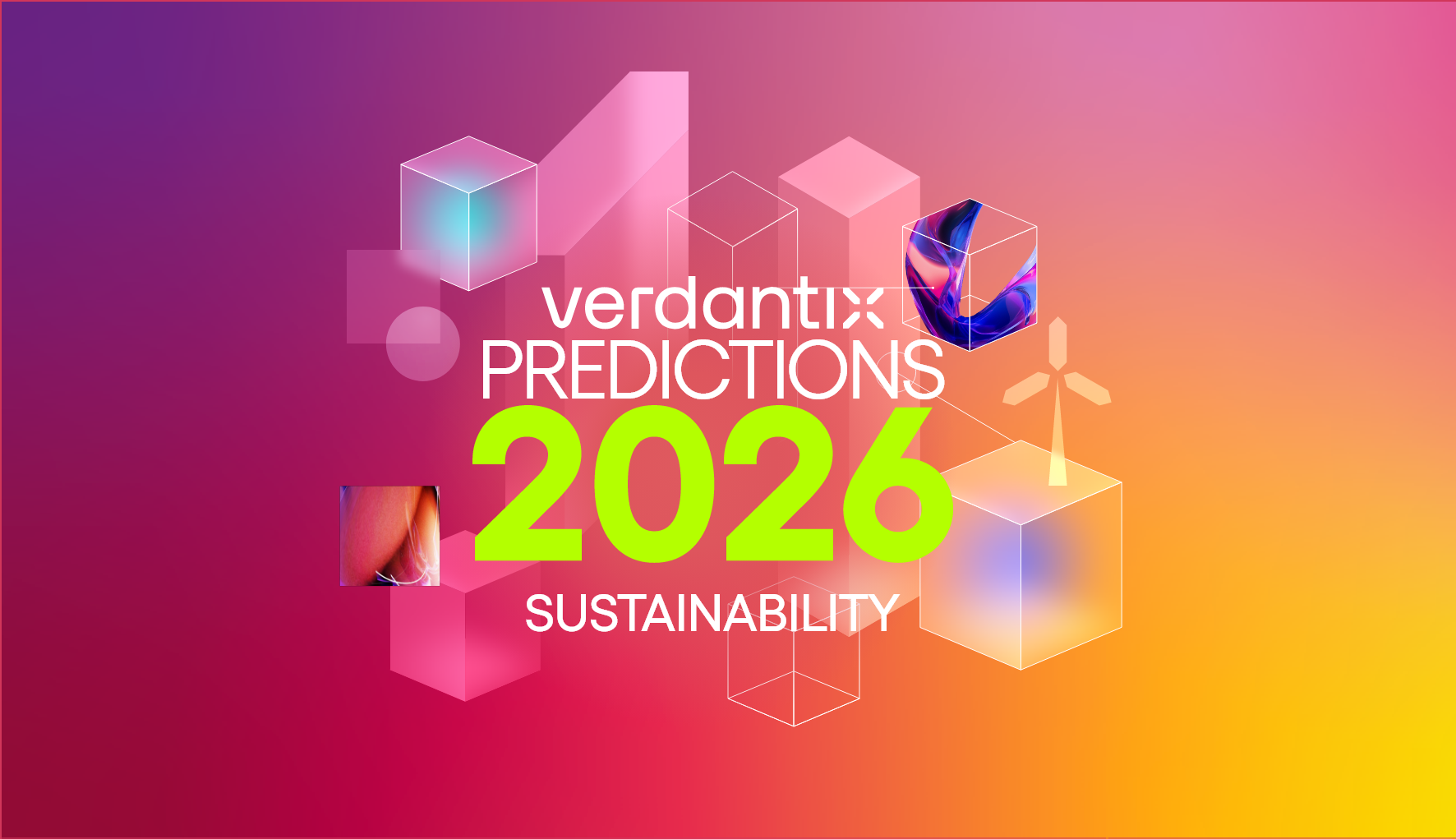Can The EU Put A Price On Nature?
In July 2025, the European Commission published its Roadmap towards Nature Credits, signalling the EU’s intent to establish and directly support a dedicated nature credits market. Though currently in the exploratory stage, the EU’s ambitions are clear: build a fully functioning market that facilitates private investment in nature restoration – a market that would be the first of its kind. While co-benefits have long been a driving factor for carbon credit procurement – albeit one that undermines the purpose of a market that trades fungible units – nature credits themselves are an untested financial asset.
The voluntary carbon market is the clear inspiration for the EU’s nature credit market. Launched in the wake of the Kyoto Protocol, the VCM is a financial market designed to finance carbon removal, reduction or avoidance activities. Each credit represents a tonne of CO2e, theoretically making each credit identical. But this idealized vision failed to play out in reality. The market was quickly beset by accusations of fraud and fungible credits were revealed to be not exactly so, leaving today’s VCM operating as a niche climate mitigation lever. In 2023, the market was worth only $723 million.
The primary issue with the VCM is that it was privately operated, with no independent oversight – leading to a market exposed to corruption. The EU is poised to adopt a loose supervisory role over its proposed nature credits market, overseeing the critical certification, crediting and trading processes that will underpin the market. Ultimately, the EU – rather than private organizations with fiscal incentives – will determine what is or is not a nature credit. The EU is also innovating, inspired by the futures-dominated carbon removal market, by aiming to design the certification process in such a way to allow pre-issuance investments; a critical enabler to get liquidity in the market fast. The nature credits market would be voluntary – but shepherded by an impartial designer.
The biggest challenge facing the EU is developing scientifically rigorous methodologies that ensure differing activities can be normalized and priced accordingly. One credit must represent the same amount of ‘nature action’ as another. This is an immense challenge considering the parameters of the market the EU has set out, across diverse nature domains, activities and regions. Biodiversity is fluid across time and geographies, and the impact of action can be immensely difficult to quantify. If the EU fails here, the nature credits market will be doomed from its inception.
The EU’s nature credits market is at its earliest stages; no credits will be traded until 2027, at the absolute earliest. If the EU succeeds in successfully quantifying ‘nature action’ – which is easier said than done – it is likely it will launch the market. Though demand may be low, the EU appears willing to front up capital to ensure supply; pilot projects are already being developed in France and Estonia. The EU is also uniquely positioned in that it could directly stimulate demand, by supporting nature offsetting through regulations such as the CSRD. Ultimately, nature markets are an untested concept, and highly exposed to reputational risk. If the EU decides to shelve nature credits, they can always expand existing carbon removal frameworks to act as a proxy for nature.
For more information, see Verdantix Strategic Focus: How To Think About The Budding European Nature Credits Market.
About The Author

Connor Taylor
Principal Analyst





